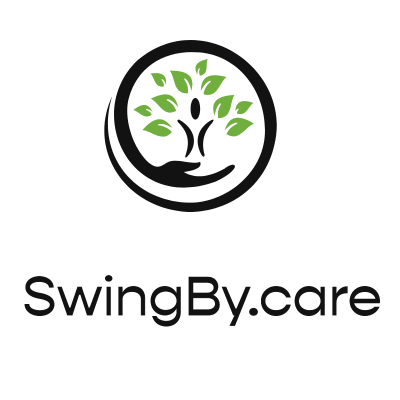In the complicated world of healthcare coverage, Activities of Daily Living (ADLs) serve as a foundation for independent self-care. These activities are seen as a measurement of one’s ability to function independently and perform the necessary tasks needed for daily life. ADLs are the unspoken rituals and routines that shape our lives. From your relaxing nighttime bathing routine to picking out a seasonally appropriate outfit in the morning, these ADLs are, as the term expresses, factors of daily living. ADLs allow us to live each day with a sense of purpose and normalcy, and they are not merely tasks but markers of dignity and self-reliance.
But, amidst the chaotic world of healthcare coverage, it’s perplexing to discover that these vital activities are not encompassed within Medicare’s coverage. Medicare can be likened to health insurance because, just like health insurance, there are limitations on varying service coverages.
Before we explain why Medicare does not cover them, let’s take a look at what ADLs entail and what kind of care someone might receive if they need assistance completing and performing ADLs.
What Are the Activities of Daily Living?
The activities of daily living (ADLs) are characterized as fundamental and hygienic tasks required for independent living. Some examples of ADLs include:
- Bathing: maintaining personal hygiene through bathing or showering.
- Dressing: choosing appropriate clothing and being able to dress independently.
- Eating: the ability to feed oneself and maintain proper nutrition.
- Toileting: managing bathroom needs, including using the toilet and maintaining continence of both bladder and bowel function.
- Transferring: moving oneself from one position to another, such as from a bed to a chair.
While these activities are integral to maintaining one’s quality of life, it’s essential to understand why Medicare does not cover them. ADLs help to serve as an indicator to caregivers and loved ones of the level of care needed by a senior. They are crucial not only for personal hygiene and basic self-care but also for maintaining dignity and autonomy. For many seniors and individuals with disabilities, the ability to perform these tasks can directly impact their overall well-being and quality of life.
Why ADLs Are Not Covered by Medicare:
Despite their importance, ADLs are not covered by Medicare. This limitation often comes as a surprise to many individuals, and understandably so. Medicare, the federal health insurance program primarily for people aged 65 and older, has distinct coverage criteria, primarily focusing on medical services deemed necessary for the diagnosis, treatment, and prevention of illnesses.
While ADLs are crucial for maintaining independence and quality of life, they are considered non-medical activities and fall outside the scope of Medicare coverage. Because Medicare’s main focus is medical care, its coverage is centered around medical services provided by healthcare professionals. Medicare covers medical services that focus on diagnosing, treating, and preventing illnesses or injuries. Other covered services include hospital care, doctor visits, and prescription drugs. The program is designed to address medical needs rather than non-medical activities such as those associated with ADLs.
Long-term care, also called custodial care, is a specific service that Medicare does not cover. On Medicare’s website, they explain what custodial care entails, describing it as “non-skilled personal care, like help with activities of daily living like bathing, dressing, eating, getting in or out of a bed or chair, moving around, and using the bathroom. It may also include the kind of health-related care that most people do themselves, like using eye drops. In most cases, Medicare doesn’t pay for custodial care.”
While the program admirably addresses healthcare services, it falls short when it comes to non-medical essentials like ADLs. But don’t worry; there are alternative avenues for support and care.
Alternative Coverage Options:
While Medicare does not cover ADLs directly, there are alternative options to provide support for individuals who require assistance with these activities.
Some options include:
- Long-Term Care Insurance: Policies specifically designed to cover the costs associated with long-term care services, including assistance with ADLs.
- Medicaid: State-based program that may cover certain long-term care services for eligible individuals with limited income and resources.
- Medicare Advantage Plans: Some Medicare Advantage plans may offer coverage for certain non-medical services, although coverage varies by plan and location.
Given the limitations of Medicare coverage we discussed today, it’s crucial to plan ahead for potential long-term care needs. This includes exploring alternative coverage options and assessing financial resources. By proactively planning for long-term care needs, individuals can better navigate the complexities of healthcare and ensure access to the necessary support and services when needed.
When navigating ADLs and medical coverage, knowledge is power. Being able to better understand the limitations of Medicare coverage for non-medical services like ADLs can help individuals plan for their healthcare needs in retirement. Through exploring alternative coverage options and planning for long-term care needs, individuals can empower themselves to make informed decisions and maintain their independence and quality of life as they age.
Sources:
What isn’t covered by part A & part B? Medicare. (n.d.). https://www.medicare.gov/what-medicare-covers/what-isnt-covered-by-part-a-part-b
Written for Senior Industry Services by Lauren Hope Bartling









